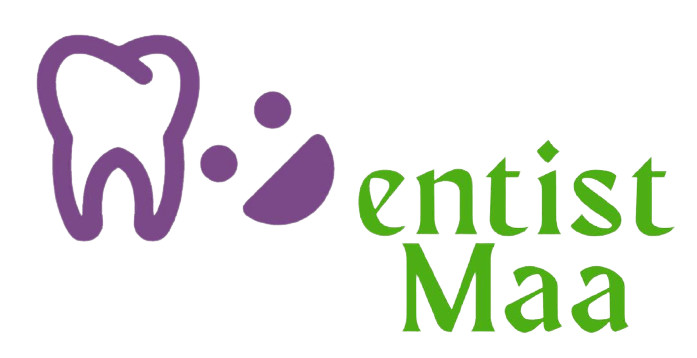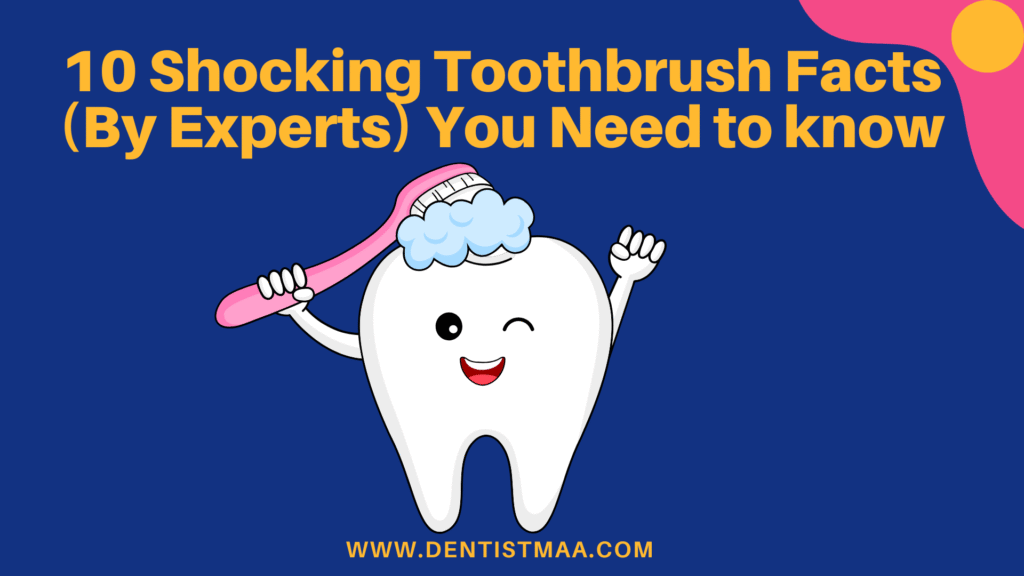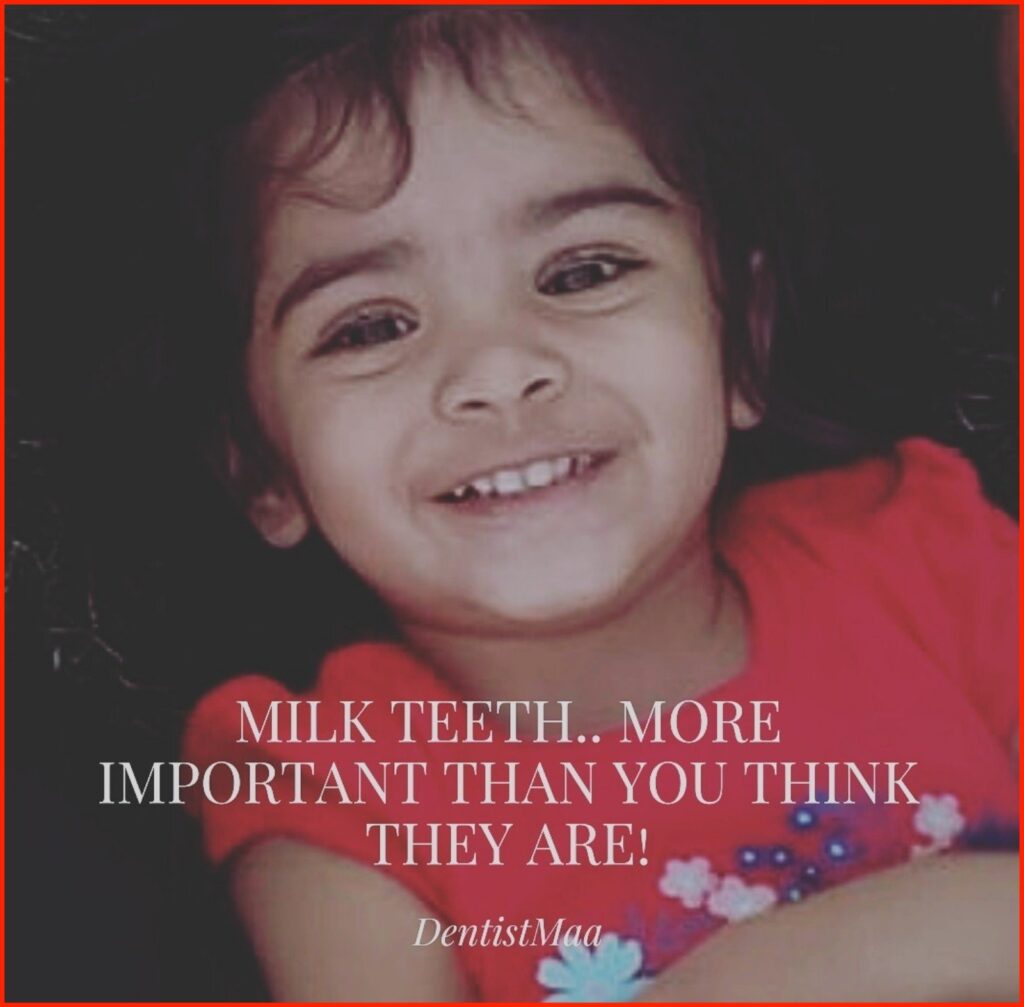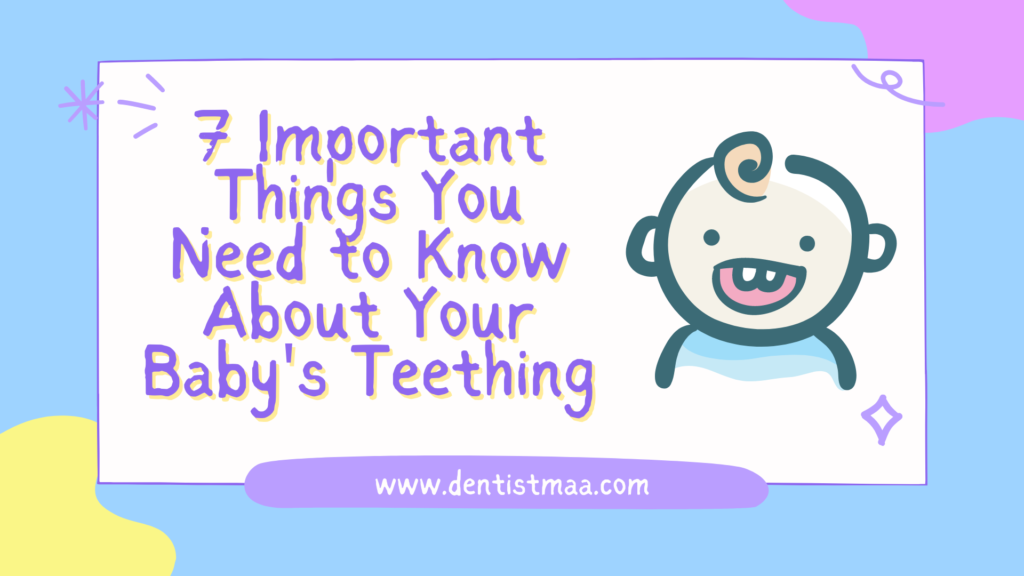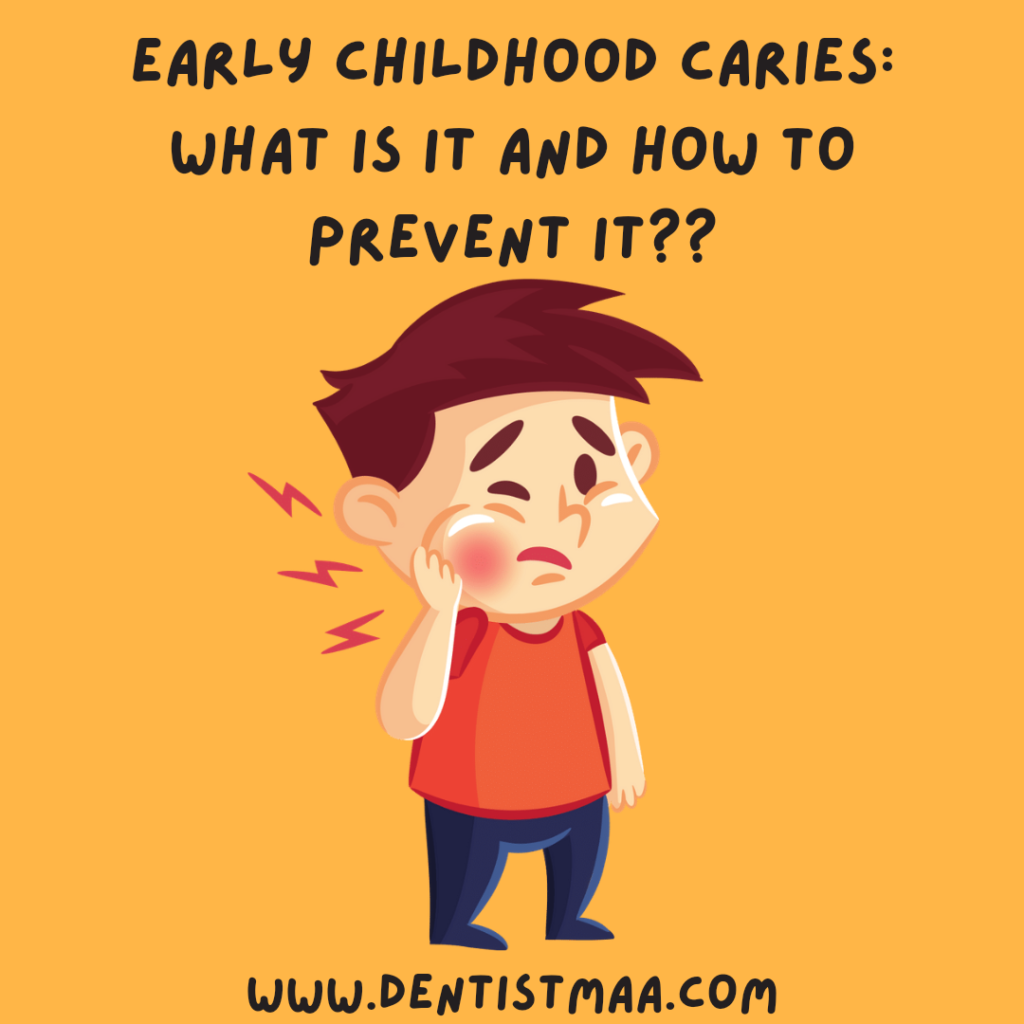When was the last time you thought about your toothbrush?
Never! Right?
It’s a small tool with a big responsibility, as we all know, oral health is a strong window to overall health. Not just that, it keeps your smile bright and healthy. But behind this humble dental essential are some fascinating, shocking, and even gross toothbrush facts that might change how you use it forever.
Whether you’re a parent teaching your child to brush or a dental hygiene enthusiast, these toothbrush secrets will not only surprise you, they’ll help you make smarter choices for your as well as your little ones’ oral health.
Let’s dive into the 10 most important and surprising things you didn’t know about your toothbrush.
Toothbrush Facts
Related: 10 Best Manual Toothbrushes for India and Abroad (Dentist Recommended)
Related: 10 Best Electric Toothbrushes for India and Abroad (Dentist Recommended)
1. Your Toothbrush Is a Bacteria Magnet 🦠
Yes, it’s true. Your toothbrush is crawling with germs. Studies have shown that an average toothbrush can harbour more than 10 million bacteria, including E. coli and Staphylococcus.
Pro Tip: Always rinse your toothbrush thoroughly before and after each use and store it upright in an open area to let it air dry. Avoid keeping it near the flush, and close the lid of the flush before you flush.
If your toothbrush falls on the floor, the 5-second rule doesn’t apply. Wash it thoroughly before using it.

2. You’re Probably Replacing It Too Late
If you’re waiting for your bristles to fray before replacing your toothbrush, you’re waiting too long. Dentists recommend swapping your toothbrush every 3 months, or sooner if you’ve been sick.
Power Insight: A worn-out toothbrush can be less effective at removing plaque and may even damage your gums.
Watch this video below to clearly understand when to change your toothbrush.

3. Electric vs. Manual: The Truth You Need to Know ⚡
This might be one of the surprising toothbrush facts you didn’t expect!
According to the ADA, both electric as well as manual toothbrushes do the same job when used properly. The electric toothbrush was invented mainly for people with low dexterity. As the ADA says, it is not about the brush, but about the brusher.
Related: Are electric toothbrushes better than manual toothbrushes?
Smart Tip: If you have arthritis, you or your loved one is physically or mentally challenged, or kids who rush their brushing, an electric toothbrush might be a game-changer.

4. Brushing Harder Doesn’t Mean Cleaner Teeth
One of the most damaging toothbrush habits is brushing too hard. This can wear down enamel, cause sensitivity, and injure your gums. We routinely hear our patients saying they brush harder because they don’t feel their teeth are clean if they don’t apply pressure. It is not a good habit and can wear off your teeth near your gums, leading to further dental problems.
Quick Test: How to know if you are brushing too hard? Are your bristles bending outward quickly? If yes, you might be brushing too aggressively. You need to stop right away.
Fix It: Use a soft-bristled toothbrush in a gentle, circular motion. Your teeth don’t need scrubbing, they need care.

5. The Type of Bristles Matters More Than You Think
Think all bristles are created equal? Think again. Soft bristles are dentist-recommended for a reason. They clean effectively without damaging enamel. Don’t just look at the shape or colour of the brush before buying. Read the label. Buy a soft toothbrush.
Avoid: Hard or medium bristles unless specifically prescribed by your dentist.

6. Your Toothbrush Needs Space, Don’t Store It in a Closed Container
Storing your toothbrush in a plastic case or a closed cabinet may trap moisture and create a perfect breeding ground for bacteria. Many times, the toothbrush companies give you a cover along with your toothbrush. These are not recommended, as it doesn’t let your toothbrush dry. You might use it once in a while during travel.
Best Practice: Let it breathe. Keep your toothbrush upright in a cup or holder, and make sure it doesn’t touch others to avoid cross-contamination.

7. Sharing Is Not Caring (At Least for Toothbrushes)
Even with your spouse or child, never share a toothbrush. This can transfer bacteria, viruses, and even blood-borne illnesses like hepatitis or HPV.
You won’t believe this. I was on a trip with one of my colleagues and her mom, and they had forgotten to bring their toothbrushes. They bought a single toothbrush to save some money, as it was just for 2-3 days. This was one of the most unhygienic things I had ever seen. Never even think about saving that 50 bucks.
Power Reminder: Toothbrushes are personal hygiene items, just like undergarments. Always use your own!
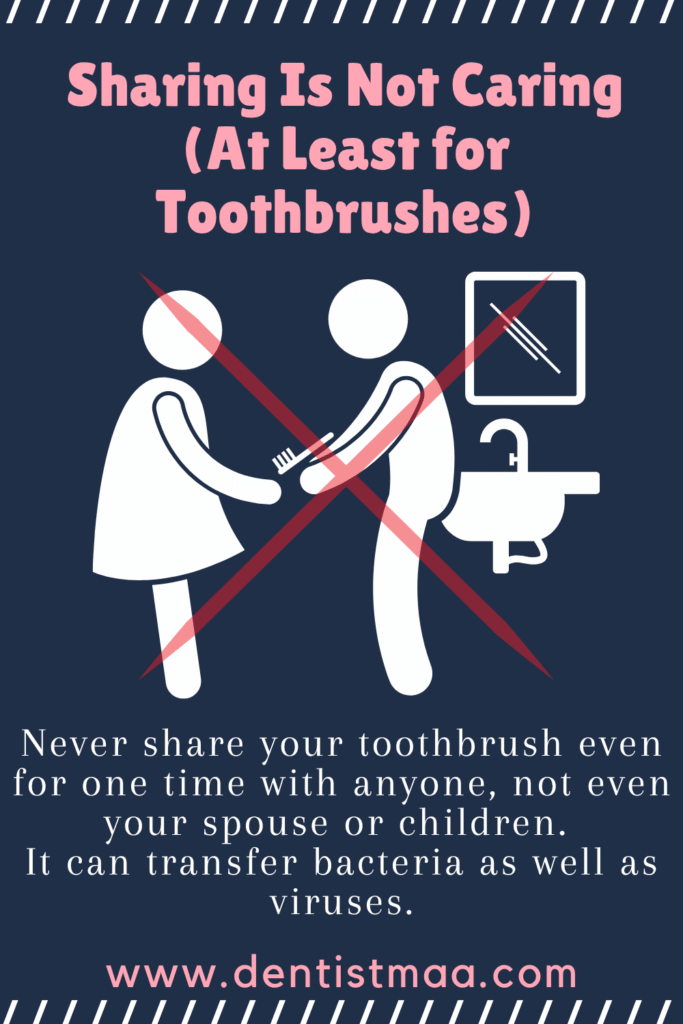
8. Your Toothbrush Can’t Do It All—Pair It With Proper Tools 🪥
Your toothbrush only reaches about 60% of your tooth surface. For a complete clean, you need to pair it with:
- Floss. Floss helps to clean between teeth. The toothbrush does not reach in between the teeth, and here is when flossing comes into action. Flossing your teeth once daily is a must to keep them clean in between.
- Rinsing: Rinsing your mouth after every meal is a must. You can use an alcohol free mouthwash occasionally, but not routinely. Warm water with salt is the best mouthwash, and this is something you can use every day.
- Remember to clean your tongue: Cleaning your tongue is another essential part. Make sure you clean your tongue using either a toothbrush or a tongue scraper. Make sure you do not hurt yourself with the scraper.
Related: Do you need to clean your baby’s tongue?
Pro Tip: Think of your toothbrush as the captain of your oral health team, not the entire team.

9. Brushing Right After Eating Can Harm Your Teeth! 🪥
Most people think brushing immediately after meals is a healthy habit, but it can do more harm than good, especially if you’ve eaten acidic foods like citrus fruits, tomatoes, or soda.
Here’s why: Acid softens your tooth enamel, and brushing too soon can wear it away, leading to sensitivity and decay.
Smart Tip: Wait at least 30 minutes after eating before brushing to let your saliva naturally neutralise the acid and protect your enamel.

10. Your Toothbrush Is Telling You a Lot—If You’re Paying Attention
Your toothbrush can give you warning signs about your dental habits or health:
- Bleeding gums? You may have gingivitis. Many times, we get patients who notice bleeding gums during brushing. Never ignore. This is a sign you need to visit your dentist.
- Fraying bristles in under a month? You’re brushing too hard. Avoid the pressure, or you might regret it later.
- Bad smell or discolouration? It’s time to change your brush.
Listen to your toothbrush—it knows more than you think.
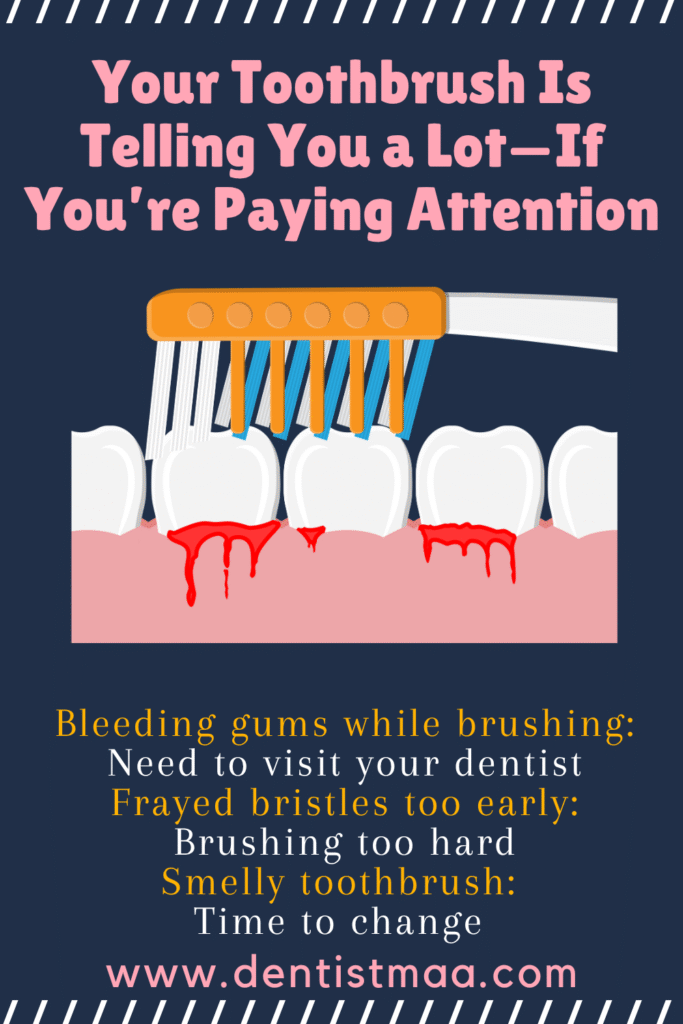
Bonus Tips: Boost Your Oral Hygiene Game 🚀
Here are some bonus toothbrush tips to level up your dental routine:
✅ How to keep your toothbrush clean.
Washing your toothbrush with warm water can help remove the bacteria and the toothpaste that might still be in the bristles. Rub your fingers on the bristles to remove any extra water and keep the brush to air dry. Rinse your toothbrush before and after every use.
✅ Travel Smart
Always use a ventilated travel case for your toothbrush and let it dry out as soon as possible after travel, or change your toothbrush.
✅ Colgate® Oral Care Free Recycling Program
We all know a toothbrush takes 100s of years to get recycled, which is not good for our Mother Earth. Colagte has started a free recycling program in certain countries where you just need to send them your toothbrushes and/or the empty tubes of your toothpastes, and they will recycle it for you.
It is not yet available in India, but I hope Colgate will start the initiative here as well.
FAQs About Toothbrush Facts
🦷 How can I keep my toothbrush clean?
- Keep it away from the toilet.
- Rinse it before and after use.
- Let it dry every time after use.
🦷 How often should kids change their toothbrushes?
The toothbrush should be changed:
a. Once every 3 months
b. If the bristles have frayed (even before 3 months)
c. After the child has recovered from a cold or cough.
🦷 Are eco-friendly toothbrushes effective?
Yes! Bamboo toothbrushes with soft bristles work just as well as plastic ones, just make sure they’re dentist-approved. Change the toothbrush if the bristles fray.
Final Thoughts: Respect the Brush
Your toothbrush might seem ordinary, but it plays a vital role in your overall health. These toothbrush facts aren’t just trivia, they’re a wake-up call to take better care of this daily tool and, in turn, your oral hygiene.
So next time you brush, remember: it’s not just about fresh breath. It’s about protecting your gums, teeth, and long-term health with a smarter, cleaner, more mindful routine.
Don’t Miss Out—Save This Post and Share With a Friend! 💡
If you found these facts surprising or helpful, share them with your family and friends. Most people overlook their toothbrush, but now you know better!
